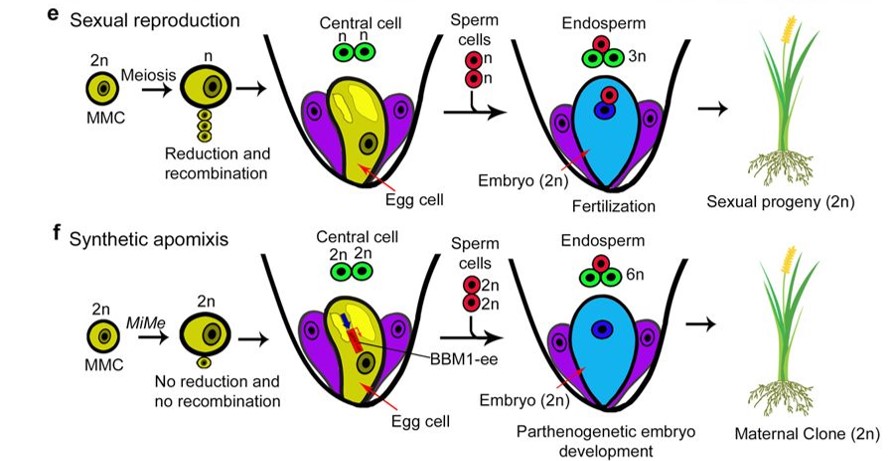

That’s it! The bottom half of the rhizome section will sprout roots while the top half will sprout new leaves, making for a whole new little plant. All you have to do is lay the rhizome piece horizontally on the soil and give them a good push so they’re about halfway covered. If you decided to go for the rhizome method, prepare a seedling tray as described in the previous paragraph. Then, just follow the instructions above and you should end up with plenty of new mini Begonias! Begonia propagation from rhizome Take a clean knife and cut the leaf into pieces that each contain a part of vein. This is probably a good option if the mother plant doesn’t have many leaves that you can pluck. If you want to really take things to the next level, you can actually divide one single Begonia leaf into pieces that can all be used to grow new plants. A tiny version of the mother plant should pop up from the petiole point, drawing nutrients from both the leaf and its own small root system. Then, simply be patient while keeping the soil lightly moist. Once your leaves are all set they can be moved to a light and warm windowsill or even to a germination station (covered mini greenhouse for starting seeds). If you go for the latter, you can even make tiny cuts/nicks in each leaf vein to prompt new growth from multiple spots instead of just the petiole. Stick the leaf in the soil so that the petiole is covered but the rest isn’t, or alternatively pin the leaf down so the petiole touches the soil but isn’t buried. Dip that in some rooting hormone if you have it at hand. Locate the petiole: it’s the part where the leaf connects to its leaf stem. The easiest way to go with this is to use the leaves whole. The resulting plants will be very small at first, after all. If you’ve decided to propagate your Begonia using leaves, which is possible with most of the ones that are grown as houseplants, your easiest option is to use a plastic seedling tray.

Propagate deletions synkron how to#
How to propagate Begonia from leaf Whole leaf They might be a bit cranky about the move to soil but should continue to grow after a short adjustment period. Take some light but rich soil (a peat moss-based one mixed with perlite works well) to pot up the new plants and keep them lightly moist.

Propagate deletions synkron full#
Do avoid full sun, as water in a clear container can heat quickly and Begonias are not a fan of it anyway.Īfter a few days or weeks (depending on season and circumstances) your Begonia cuttings will have grown a root system and maybe even already have pushed out their first new leaves. Then, place the vase or glass containing the plant in a light and warm spot to provide the perfect growing conditions. To water propagate your Begonia, all you have to do is partially submerge the stem in water, leaving the leaves sticking out. There are many special propagation sets out there that make propagation beautiful! My favorite method is to propagate in water, since I like the look of pretty vases with plants growing in them. If you’ve decided to take stem cuttings from your Begonia, propagation will be an absolute breeze.

How to propagate Begonia from cuttings Water propagation Rhizomatous Begonias regrow so easily that you can cut a rhizome into 2″ pieces as long as the parts have growth nodes, they will have the capacity to grow leaves and roots.ĭid you know? Some indoor gardeners have kept their heirloom Begonia alive for decades by propagating from an original mother plant!


 0 kommentar(er)
0 kommentar(er)
